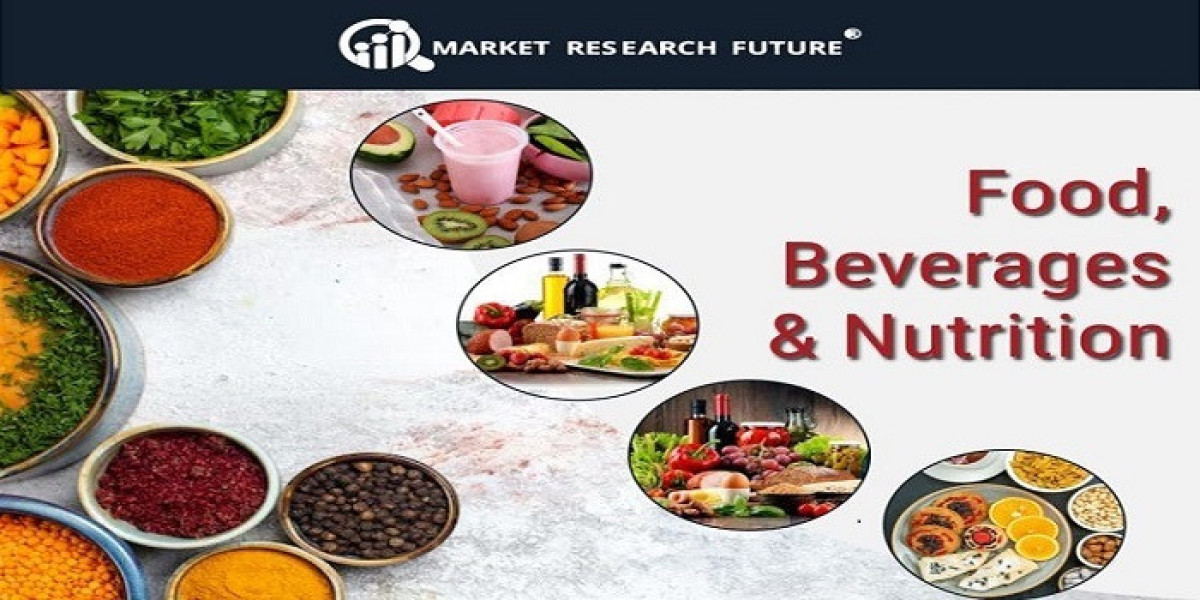For the organic virgin coconut oil (OVCO) market, value is created as much in the supply chain and certification as in marketing. A well-structured, transparent supply chain often distinguishes successful brands from mere commodity oils.
The Upstream Challenge: Organic Coconut Farming
Organic Certification Requirements: Converting conventional coconut farms to organic is time-intensive (often 3 years or more) and requires rigorous soil, pesticide, and residue control standards.
Yield & Farming Practices: Organic farms often yield less or have lower consistency, increasing per-unit costs.
Farmer Aggregation & Cooperative Models: Many OVCO brands partner with cooperatives to scale volume, ensure quality, and support traceability.
Virgin Extraction & Quality Retention
Cold-Press / Virgin Methods: To qualify as “virgin,” extraction must avoid high heat or solvents. This preserves flavor, aroma, and beneficial compounds.
Minimize Processing / Filtration: Gentle filtration helps maintain natural clarity and antioxidant content.
Quality Control & Testing: Regular free-fatty-acid (FFA) testing, peroxide value checks, microbial testing, and batch traceability are critical.
Certification & Labeling
Popular certifications include USDA Organic, EU Organic, JAS (Japan), India Organic, Fair Trade, etc. These add credibility but also audit costs.
Clear labeling of origin, batch codes, date of extraction, and third-party audit logos help engender consumer trust.
Branding & Premium Positioning
Single Origin & Estate Branding: Emphasizing islands, estates or specific cooperatives enhances story and value.
Fair Trade / Social Impact Messaging: Many consumers care about community development, fair pay, and environmental stewardship.
Packaging & Experience: Dark glass bottles, minimal packaging, sustainable materials, elegant design contribute to premium perception.
Challenges & Mitigation Strategies
Cost Pressures: Certification, testing, packaging, logistics all add cost. Mitigate via scale, cross-segment sales, or premium margin.
Supply Fluctuations: Diversify sourcing regions to reduce risk from weather, pests or crop failure.
Adulteration / Quality Risks: Use technologies like blockchain, QR codes, third-party labs to back authenticity.
Market Education: Many consumers don’t know the difference between virgin and refined. Marketing must clarify value.
The Value Chain Map
Organic Coconut Farm → 2. Harvest & Sorting → 3. Virgin Extraction (cold-pressed) → 4. Filtration & Quality Testing → 5. Bottling & Packaging → 6. Certification & Labeling → 7. Distribution & Marketing → 8. End Consumer Use (food, beauty, wellness)
Strategic Recommendations for Stakeholders
Invest in upstream integration or long-term farmer contracts to stabilize supply.
Adopt progressive quality control systems, batch testing and traceability technologies.
Create a tiered product line: standard OVCO for broader market, premium lines for niche / luxury segments.
Utilize storytelling tools (QR code tracing, farm videos, lab reports) to reinforce authenticity.
Consider co-branding or certification partnerships (e.g. organic, fair trade) to boost brand value.
Conclusion
In the OVCO market, the story behind the oil often defines its value. The stronger, more transparent and more credible the supply chain and certification, the more trust and premium consumers will grant. Brands that treat sourcing and certification not as overhead but as strategic differentiators will stand out in a premium oil market.








